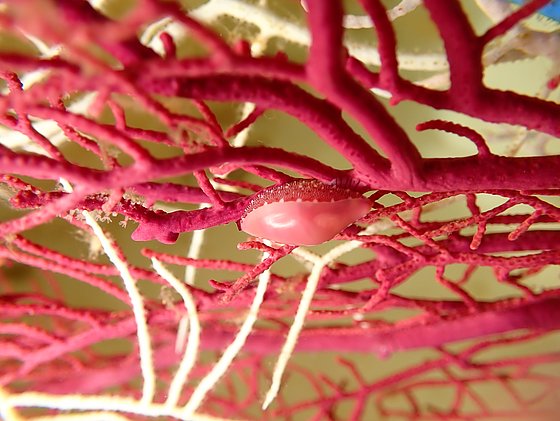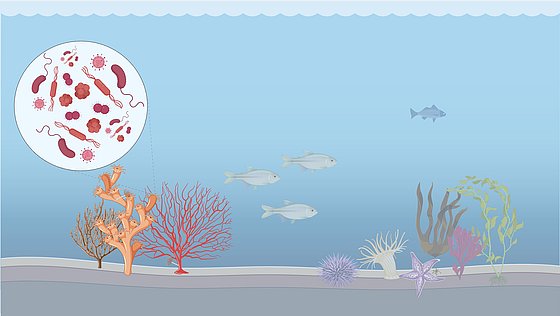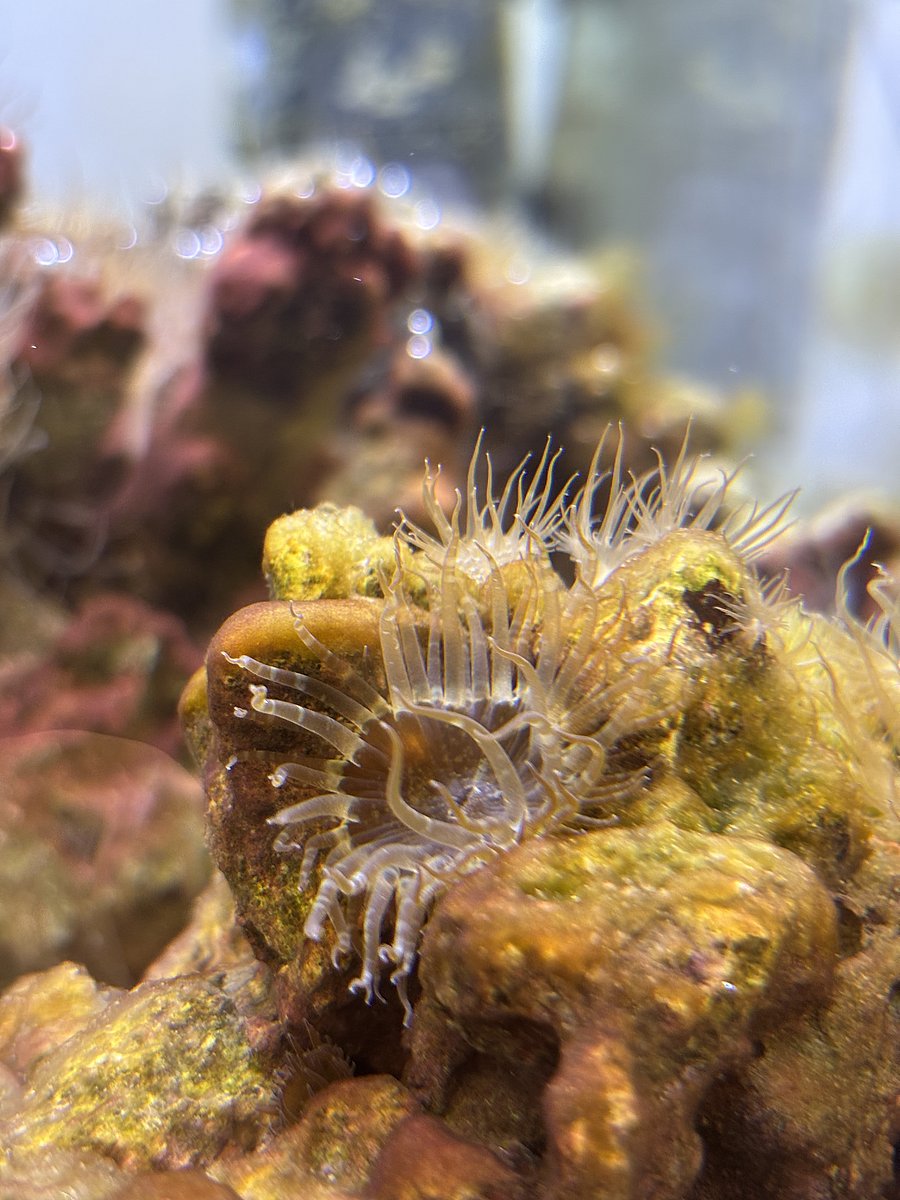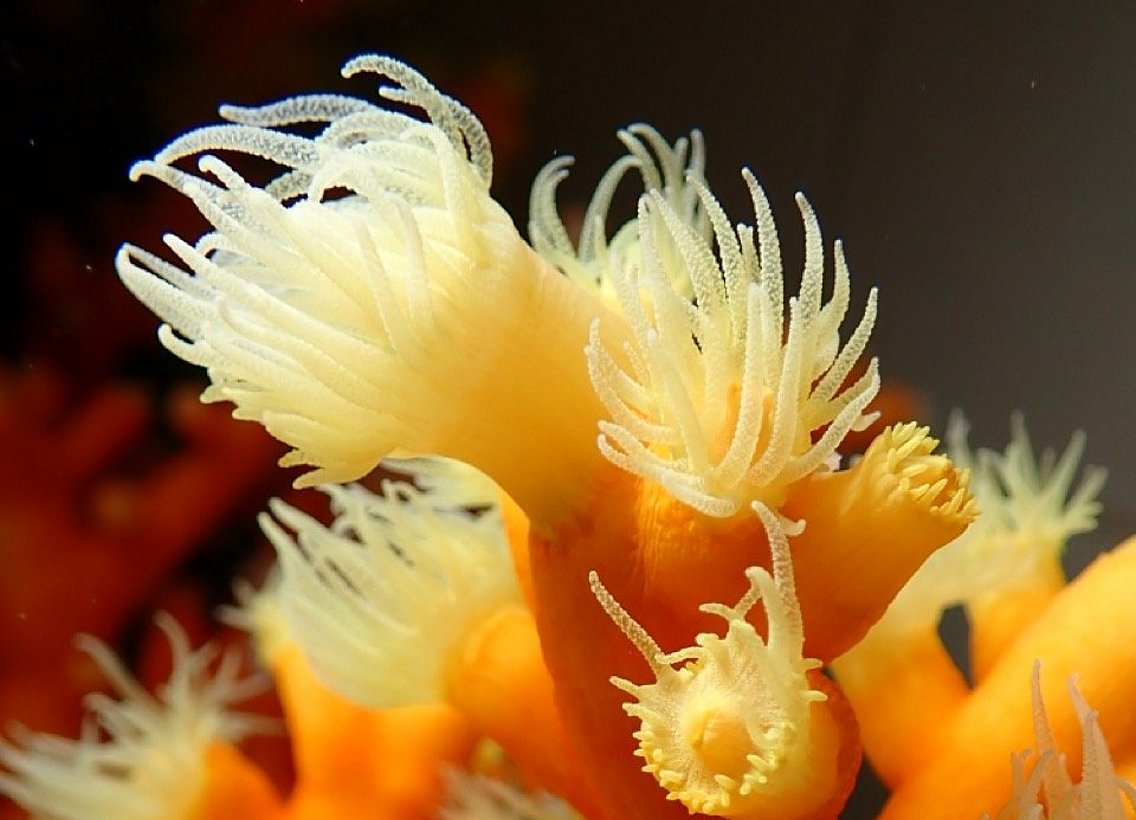
With the ability of building complex 3D habitats, corals as sessile animals harbor high levels of biodiversity, similar to plants on land. While iconic ecosystems such as tropical coral reefs and seagrass meadows are found in areas of the ocean that are flooded with light, deep coral assemblages inhabit regions where light is scarce or even absent, and therefore remain entirely out of sight (& thereby often out of mind). Alongside tropical coral reefs, seagrass meadows, and macroalgae forests, these habitats are collectively known as marine forests and play a vital role in marine ecosystems.
Corals act as ecosystem engineers (Jones et al., 2003) by constructing physical structures that extend into the water column. These structures act as natural sediment traps, consolidating the seafloor and providing organisms with protection, nursery areas, and food sources. These habitats are not only flourishing areas for many organisms, but are also of great interest in terms of protection from storms and severe weather events, climate regulation, and food security. In short, coral formations are essential biodiverse ecosystems, and their effective conservation and restoration are urgently needed. Yet they are being destroyed at a much faster rate than they can recover.

But first, let's talk about microbes - Defining a 'healthy coral' is essential for developing efficient, nature-based tools for conserving healthy coral gardens and guiding restoration efforts. All multicellular life is associated with a functional community of internal and surface-dwelling microorganisms consisting of bacteria, fungi, archaea, viruses and protists. Together with the host, this unit is termed a holobiont. These microbes contribute to nutrient acquisition, immune regulation, defence against pathogens, and tolerance of stress (Lesser et al., 2019; Ransome et al., 2014; Peixoto et al., 2017). Disruptions to the composition of the microbiome can impair the resilience of the host, while certain microbial taxa may confer specific functional benefits, such as the degradation of pollutants (Rohwer et al., 2002; Bourne et al., 2009; Peixoto et al., 2017; Voolstra & Ziegler, 2020). Together, these microorganisms ensure dynamic holobiont homeostasis, which changes in response to environmental conditions and allows organisms with slow growth rates, late maturity, and longevity to adapt rapidly (Long et al., 2020).

Over the last decades, our oceans have experienced an alarmingly accelerated and intensified pattern of changes. General marine habitat stressors that affect all forms of coral reefs include ocean acidification, pollution, overfishing, and rising seawater temperatures, as well as severe weather events resulting from global warming and direct human impact.
All types of pollution, including nutrients, sediments, pathogens, and toxic substances, pose a significant risk to coastal ecosystems, particularly through continuous estuarine discharge, but also following storms and heavy rainfall. Pollution induces disease onset and mortality in corals, disrupts ecological functions, and prevents coral growth and reproduction overall. Legacy herbicides, such as atrazine, pose a substantial threat due to their persistence (DT50 > 365 days) and disruption of photosystem II in phototrophs. This threatens not only photosymbiotic metazoans by destabilising their symbiosis, but can also impair the development, immunity, hormone signalling, microbiome, and metabolism of non-photosymbiotic species.
Here at the University of Wuppertal (BUW), our ongoing work has established ex-situ methods to assess the impact of herbicides (specifically atrazine) on the photophysiology, transcriptome, microbiome, and development of the photosymbiotic anemone Exaiptasia diaphana. We aim to apply this knowledge to reef-forming coral species in temperate coral gardens and tropical photosymbiotic reefs. Ultimately, we hope to use this information to guide future conservation and restoration efforts, protecting these vulnerable habitats from toxicant pollution and mitigating its effects through microbiome-informed techniques.

